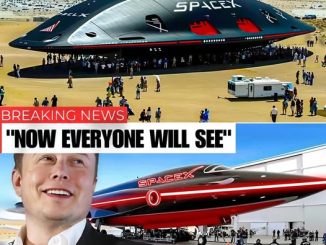
Elon Musk is known for his bold, out-of-the-box ideas, but his latest stunt has left the world both amused and intrigued. In a recently released video, Tesla’s humanoid robots, known as Optimus, were seen flawlessly performing the Macarena, the classic 90s dance that once swept the globe.
At first glance, this might seem like just another playful Musk experiment. But as always, there’s a deeper reason behind his moves. The dancing robots are not just for entertainment—they represent a major breakthrough in AI-driven movement, coordination, and personality development in humanoid machines.
Why Is Tesla Teaching Robots to Dance?
Musk explained that this unusual demonstration is actually a critical test for robot movement, fluidity, and synchronization. Unlike industrial robots designed for precision and repetition, Tesla’s Optimus bots are built to be adaptive and human-like.
Key advancements behind the Macarena dance experiment:
AI-Powered Coordination – Dancing requires robots to sync movements in real time, improving their ability to adapt to dynamic environments.
Enhanced Human-Robot Interaction – Giving robots a sense of personality could make them more approachable in homes, businesses, and social settings.
Agility & Flexibility – Unlike stiff industrial machines, Optimus needs graceful, natural movement—essential for tasks like caregiving, companionship, and household assistance. Entertainment & Marketing Potential – Robots that dance, interact, and engage could become a new form of entertainment, drawing attention from tech enthusiasts and casual consumers alike.
Could Dancing Robots Lead to Something Bigger?
This experiment isn’t just about fun—it’s a glimpse into a future where robots are more than just machines. By teaching Optimus to dance, Musk is pushing the limits of human-like AI development.
Imagine a world where robots can:
Help in elderly care homes, bringing joy and companionship
Assist with household chores while engaging in friendly conversations
Perform at entertainment venues, blending AI with art and performance
The Future: Robots with Personality?
Musk’s dance experiment could signal the start of robots that aren’t just useful but also fun. With AI advancing rapidly, humanoid robots may soon become part of everyday life—not just as assistants but as companions that understand and interact with human emotions.
While some critics argue that robots don’t need “personalities”, others believe this could bridge the gap between humans and machines, making AI more relatable and integrated into society.
Final Thoughts: Musk’s Vision Comes to Life
Elon Musk has once again turned science fiction into reality. While the sight of Tesla robots dancing the Macarena may seem amusing, it represents a serious leap in robotics and AI development.
With Optimus continuing to evolve, one question remains: What’s next? A robot dance competition? AI-powered entertainers? Or a future where robots truly become part of our daily lives?
One thing is certain—when Musk dreams, the world watches.


